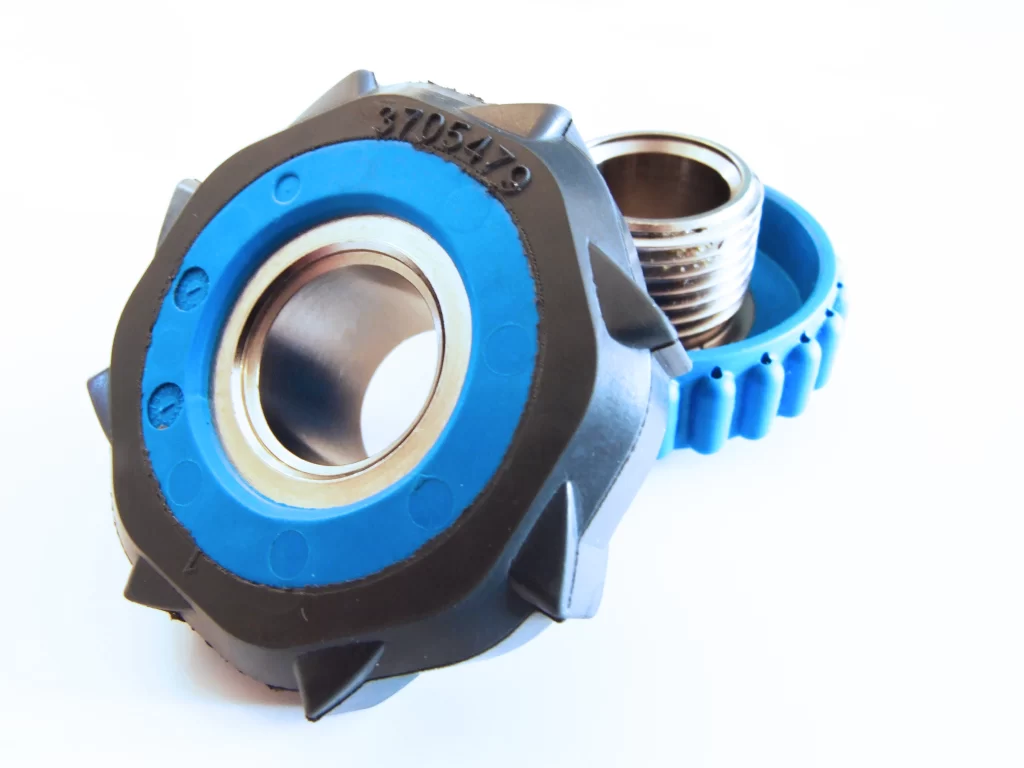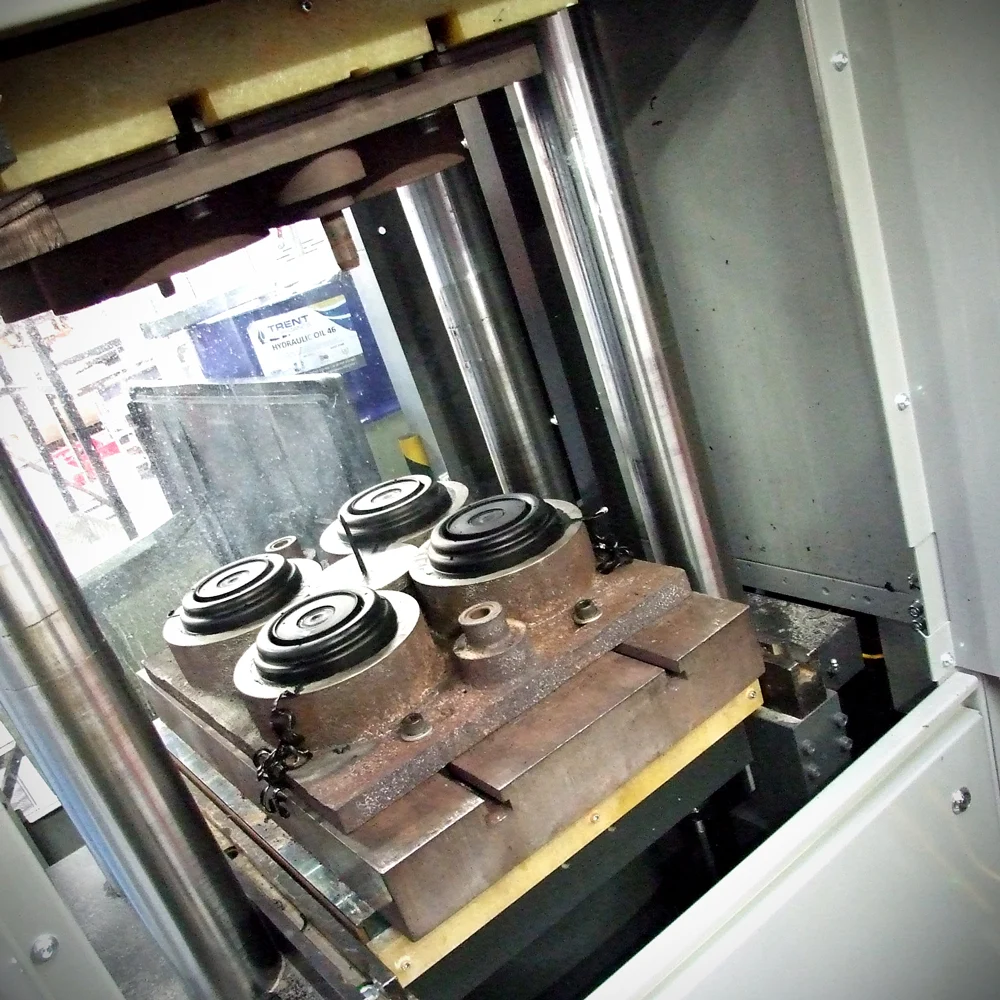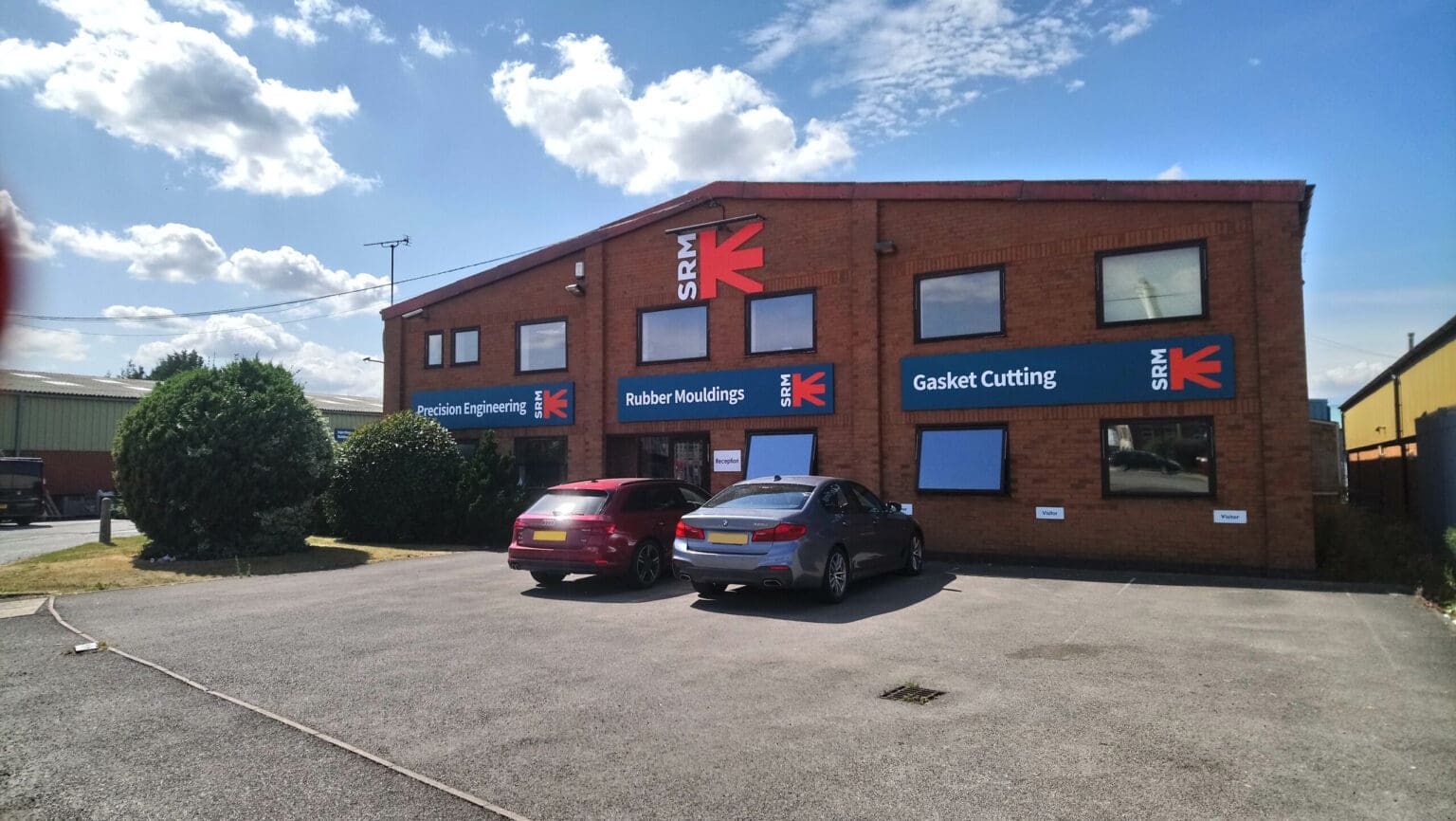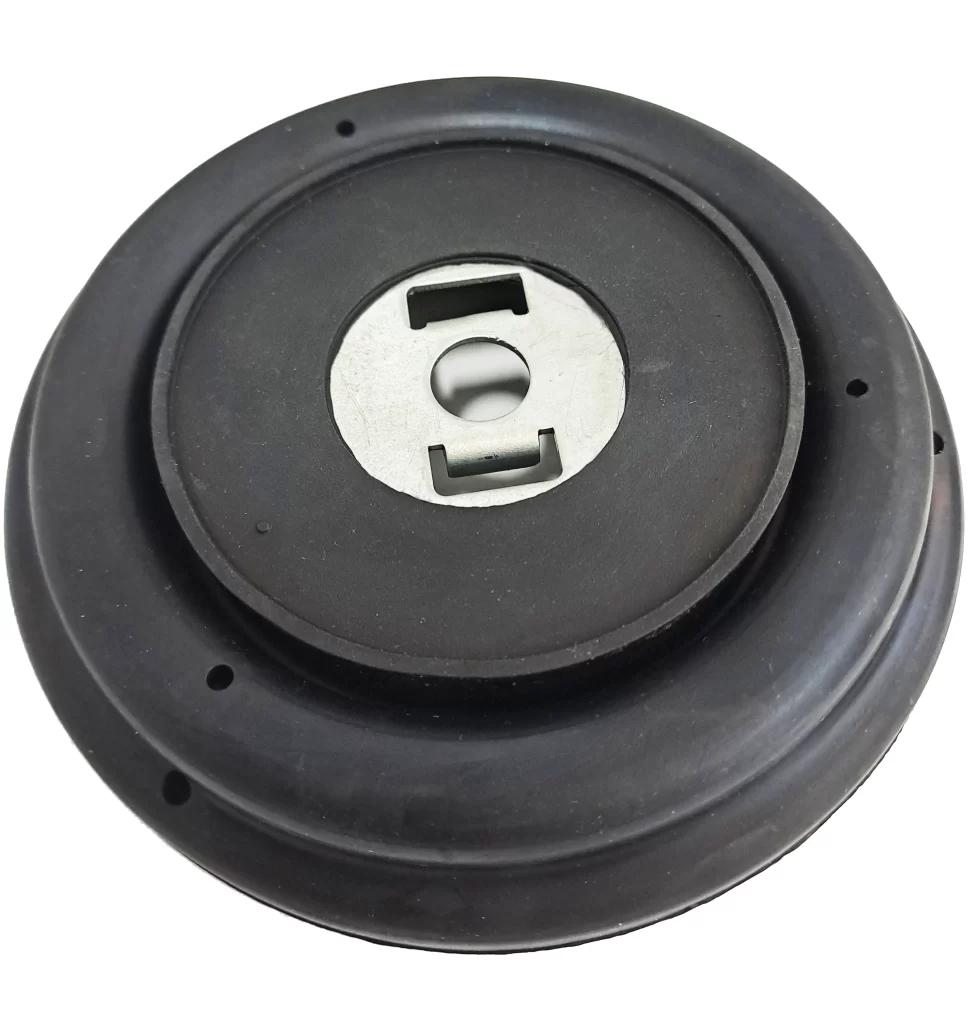Rubber Overmoulding: Techniques and Applications Explained
Rubber overmoulding has become an indispensable technique in modern manufacturing, offering a blend of durability and versatility. As we delve into this guide, we aim to shed light on why this technique is preferred across various industries. Understanding the nuances of rubber overmoulding can help businesses harness its full potential, ensuring products are not only robust but also aesthetically pleasing.
In essence, it involves applying a layer of rubber over a substrate or base material. This technique enhances the functionality of products by providing additional grip, insulation, or protection. The process is intricate, requiring precision and expertise, but the end results are products that meet high standards of performance and quality.
Before we proceed further, it’s important to note that rubber overmoulding is not merely about aesthetics; it also significantly improves the product’s usability and lifespan. By investing time in understanding this technique, companies can achieve a competitive edge in their respective markets.

The Basics of Rubber Overmoulding
At its core, rubber overmoulding is the process of applying a layer of rubber over another material. The base material, often referred to as the substrate, can be made of metal, plastic, or even another rubber. The choice of substrate depends largely on the intended application and the specific demands of the product.
The primary goal of overmoulding is to combine the properties of different materials to achieve a product that performs better under specific conditions. For instance, a metal tool handle can be overmoulded with rubber to provide better grip and reduce user fatigue. This combination results in a product that is not only functional but also comfortable to use.
Understanding the basics of rubber overmoulding involves recognising the significance of the bond between the substrate and the rubber. The success of the overmoulding process largely depends on the strength of this bond, which ensures the durability and longevity of the finished product.
Techniques Used in Rubber Overmoulding
Rubber overmoulding encompasses several techniques, each suitable for different applications and materials. The two primary methods are insert moulding and two-shot moulding. Both techniques require precision and expertise, but they differ in how the substrate and rubber are combined.
- Insert Moulding: This technique involves placing a pre-formed substrate into a mould, after which the rubber is injected to form the outer layer. It is particularly useful for products requiring a strong bond between the substrate and rubber, as the moulding process ensures close contact and adhesion.
- Two-Shot Moulding: This more complex process involves two separate injections – one for the substrate and another for the rubber. It’s ideal for products that require intricate designs or multiple layers. Two-shot moulding allows for greater flexibility in design, making it popular in industries like automotive and electronics.
Both techniques have their advantages, and the choice between them depends on the specific requirements of the product. By understanding these techniques, manufacturers can choose the most suitable method to achieve the desired product characteristics.
Applications of Rubber Overmoulding
The versatility of rubber overmoulding means it finds applications across a wide range of industries. From automotive to consumer electronics, the benefits of overmoulding are leveraged to enhance product performance and user experience.
- Automotive Industry: In the automotive sector, overmoulding is frequently used to produce parts that need to withstand high temperatures and mechanical stress, such as gaskets, seals, and engine components.
- Consumer Electronics: Overmoulding is crucial in electronics for creating products that are ergonomic and durable. Devices like smartphones and remote controls benefit from the protective and insulating properties of rubber overmoulding.
- Medical Devices: In the medical field, overmoulding ensures that devices are safe, hygienic, and comfortable for users. The technique is employed in producing items like surgical instruments and grips for medical equipment.
These applications demonstrate the broad utility of rubber overmoulding. By understanding these applications, businesses can better appreciate how overmoulding can enhance their products and meet consumer demands.

Benefits of Rubber Overmoulding
The advantages of rubber overmoulding are manifold, making it a popular choice in product design and manufacturing. The process not only enhances the aesthetics of a product but also significantly improves its functionality.
- Enhanced Durability: Products with overmoulded rubber can better withstand wear and tear, extending their lifespan and reducing the need for frequent replacements.
- Improved Grip and Comfort: Overmoulding provides a comfortable, non-slip surface, which is especially beneficial in tools and handheld devices. This added comfort can improve user experience and reduce the risk of accidents.
- Increased Protection: Rubber overmoulding offers an additional layer of protection against environmental factors such as moisture, dust, and temperature fluctuations. This makes products more reliable and robust in challenging conditions.
Incorporating these benefits into product design can lead to improved customer satisfaction and brand loyalty. By investing in rubber overmoulding, companies can produce superior products that stand out in the marketplace.
 Key Materials Used in Rubber Overmoulding
Key Materials Used in Rubber Overmoulding
Selecting the right materials is crucial to the success of the overmoulding process. The materials used must complement each other to achieve the desired product characteristics. The choice of materials affects the bond strength, flexibility, and durability of the final product.
- Elastomers: These are the primary materials used in overmoulding due to their flexibility and resilience. Common elastomers include natural rubber, silicone, and EPDM
- Substrate Materials: Metals and plastics are commonly used as substrates. Metals provide strength and rigidity, while plastics offer lightweight and cost-effective options.
- Adhesives and Primers: These are sometimes used to enhance the bond between the rubber and the substrate. Choosing the right adhesive is important to ensure the longevity and performance of the overmoulded product. (See rubber to metal bonding and plastic to rubber bonding.)
Understanding the properties of these materials helps manufacturers make informed decisions, ensuring that the final product meets all performance criteria.
The Rubber Overmoulding Process Explained
The rubber overmoulding process involves several stages, each requiring careful attention to detail to ensure a quality finish. Understanding these steps can help businesses appreciate the complexity and precision involved in producing overmoulded products.
- Design and Tool Preparation: The process begins with designing the tool to accommodate both the substrate and the rubber. Precision in tool design is critical to achieving accurate and consistent results.
- Substrate Preparation: The substrate is prepared by cleaning and sometimes applying an adhesive or primer to enhance bonding. This step is crucial to ensure a strong attachment between the layers.
- Injection Moulding: Finally, the rubber is injected into the tool, encompassing the substrate. The tool is then cooled to allow the rubber to set, forming a strong bond with the substrate.
Each stage in this process must be executed with precision to ensure the integrity and quality of the finished product. By understanding these steps, manufacturers can optimise their processes to reduce waste and improve efficiency.

Common Challenges in Rubber Overmoulding and How to Overcome Them
Despite its benefits, rubber overmoulding presents several challenges that manufacturers must address to ensure successful outcomes. Understanding these challenges and implementing effective solutions is key to optimising the overmoulding process.
- Material Compatibility: Ensuring compatibility between the substrate and the rubber is a common challenge. Incompatible materials can lead to weak bonds and product failure. Conducting thorough material testing and selecting appropriate adhesives can mitigate this issue.
- Process Control: Maintaining precise control over injection parameters such as temperature and pressure is crucial. Variations can result in defects like air bubbles or incomplete fillings. Implementing automated systems and regular monitoring can help maintain consistency.
- Tool Design: Designing a Tool that accommodates both the substrate and the rubber can be complex. Poorly designed tools can lead to defects and inefficiencies. Collaborating with experienced tool designers and using advanced simulation tools can improve design accuracy.
By addressing these challenges proactively, manufacturers can improve product quality and reduce production costs, leading to better outcomes and customer satisfaction.
Innovations in Rubber Overmoulding
The field of rubber overmoulding is constantly evolving, with new innovations emerging to improve efficiency, quality, and design possibilities. Staying abreast of these developments can help businesses remain competitive and explore new opportunities.
- Advanced Materials: The development of new materials, such as bio-based elastomers and high-performance composites, is expanding the range of applications for rubber overmoulding. These materials offer enhanced properties and sustainability benefits.
- Automation and Robotics: The integration of automated systems and robotics is revolutionising the overmoulding process, reducing labour costs and increasing precision. This shift is enabling more complex designs and faster production times.
By embracing these innovations, companies can enhance their capabilities and deliver cutting-edge products to their customers.
Selecting the Right Partner for Rubber Overmoulding
Choosing the right partner for rubber overmoulding is critical to achieving high-quality results. The right partner will have the expertise, technology, and resources to meet your specific needs and deliver products that meet your standards.
- Experience and Expertise: Look for a partner with a proven track record in rubber overmoulding. Their experience can provide valuable insights and solutions to potential challenges.
- Capabilities and Technology: Ensure the partner has the necessary equipment and technology to handle your project requirements. Advanced machinery and automated systems can improve efficiency and precision.
- Quality Assurance: A reliable partner should have robust quality control measures in place to ensure the consistency and reliability of their products. Certifications and industry standards can be indicators of their commitment to quality.
By carefully evaluating potential partners, businesses can forge successful collaborations that lead to superior products and satisfied customers.

Conclusion
Rubber overmoulding offers a wealth of opportunities for businesses to enhance their product offerings, combining aesthetics with functionality. By understanding the intricacies of this process, companies can leverage its benefits to create durable, high-performing products that meet the demands of their customers.
In this guide, we’ve explored the techniques, applications, and challenges of rubber overmoulding, as well as the innovations shaping its future. With the right knowledge and partners, businesses can navigate the complexities of overmoulding and achieve exceptional results.
As you consider the possibilities of rubber overmoulding for your next project, we invite you to reach out to our team for expert advice and support. Together, we can explore how overmoulding can enhance your products and drive your business forward.

 Key Materials Used in Rubber Overmoulding
Key Materials Used in Rubber Overmoulding